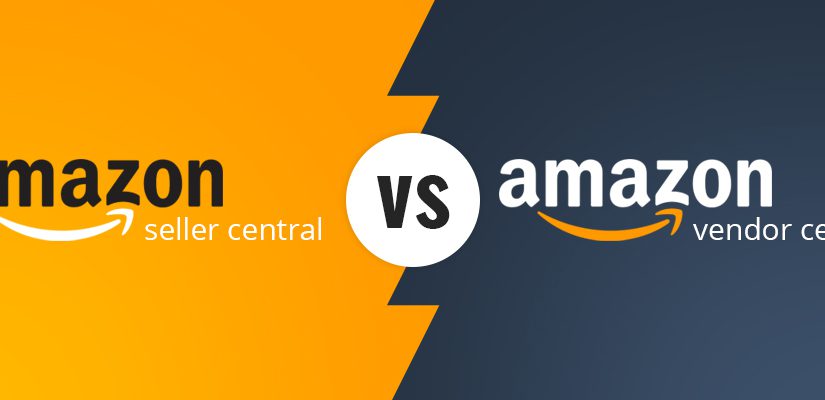
When you decide you have a product you want to sell on Amazon.com, you have several options to choose from. Most companies will end up using Seller Central or Vendor Central. How do you know which is the best for you?
Seller Central is a self-service platform on Amazon. The process starts with registration at the Amazon Seller Central website. With Seller Central, you own the inventory until it is sold. You can sell items you have in stock and then ship to the end consumer. Many sellers decide to have Amazon stock the inventory in a system known as Fulfillment by Amazon (FBA). With FBA, Amazon ships your product to the customer when a unit is sold. Other than reducing your workload, items sold via FBA appear as Amazon Prime and that will increase the likelihood of selling more than if you ship the items direct to the customer.
Vendor Central is Amazon’s wholesale buying platform. Think of this as if Walmart had a buyer you worked with who bought in bulk quantities from you. This is a B2B model since the buyer – in this case Amazon – is not the end customer and will instead resell your product.
There are pros and cons of all three options presented, but following is a quick summary to help you make the right decision.
Pros
Cons
Pros
Cons
Pros
Cons
Although clearly there are many variables list above, the best option often is Seller Central – Fulfilled by Amazon.
Amazon has a complex algorithm to determine where listings should rank on Amazon and the easiest way to rank higher is to sell more. But Amazon Prime also significantly increases your likelihood of ranking higher and only Seller Central – Fulfilled by Amazon and Vendor Central earn you the Amazon Prime designation.
The average product sold through Seller Central – Fulfilled by Amazon will make higher margins for the seller than Vendor Central. This should not come as a surprise since Seller Central is closer to a B2C model and Vendor Central is a traditional B2B model.